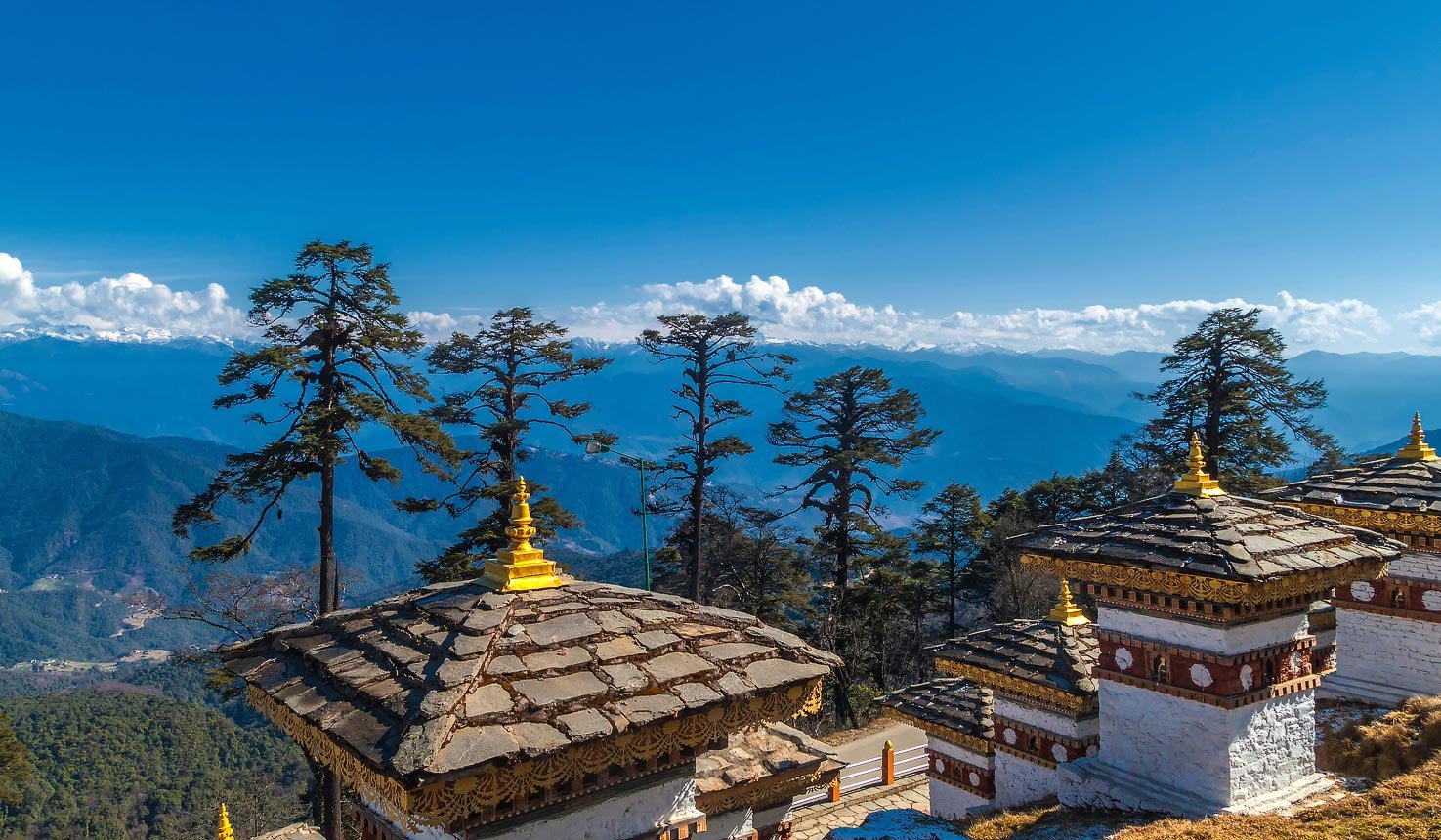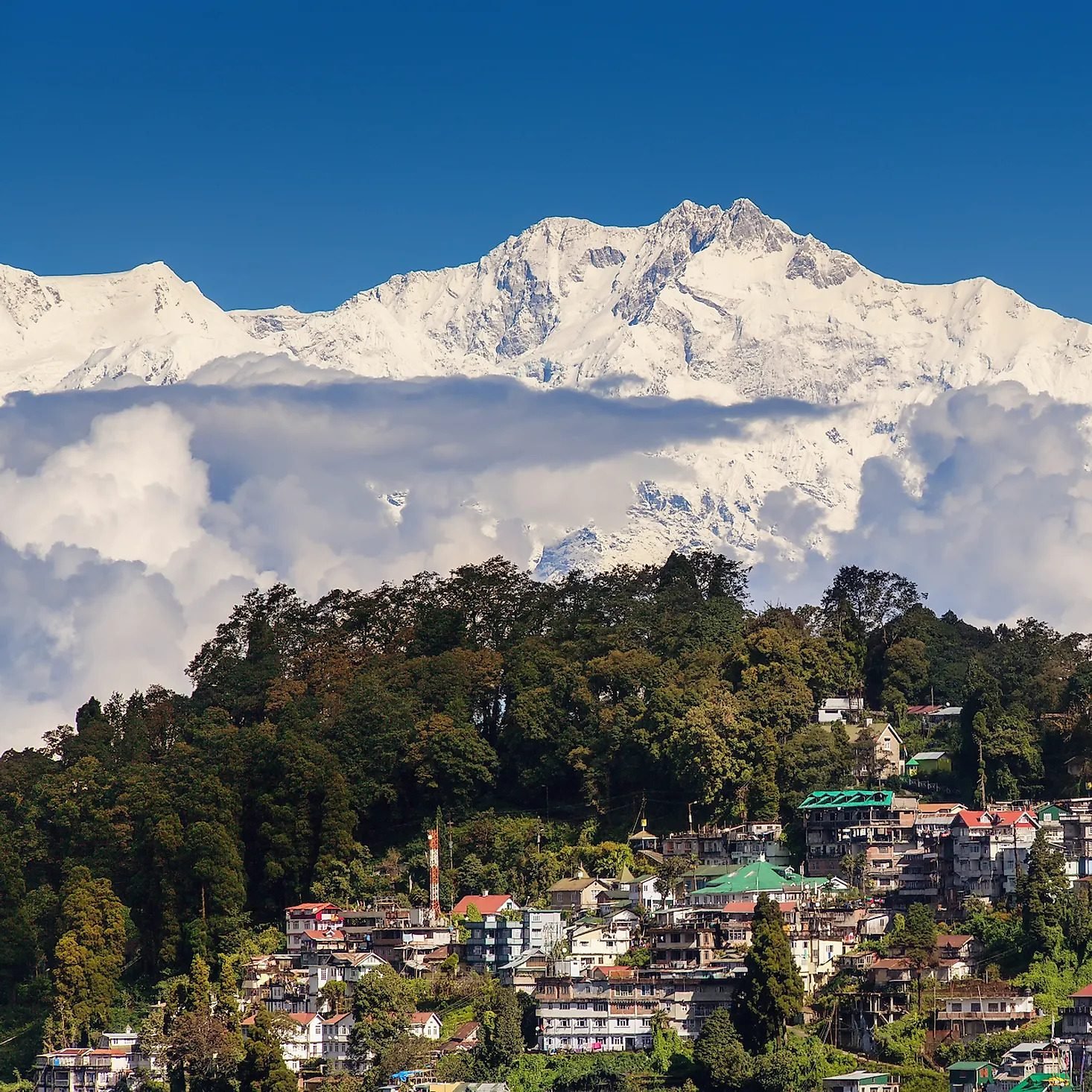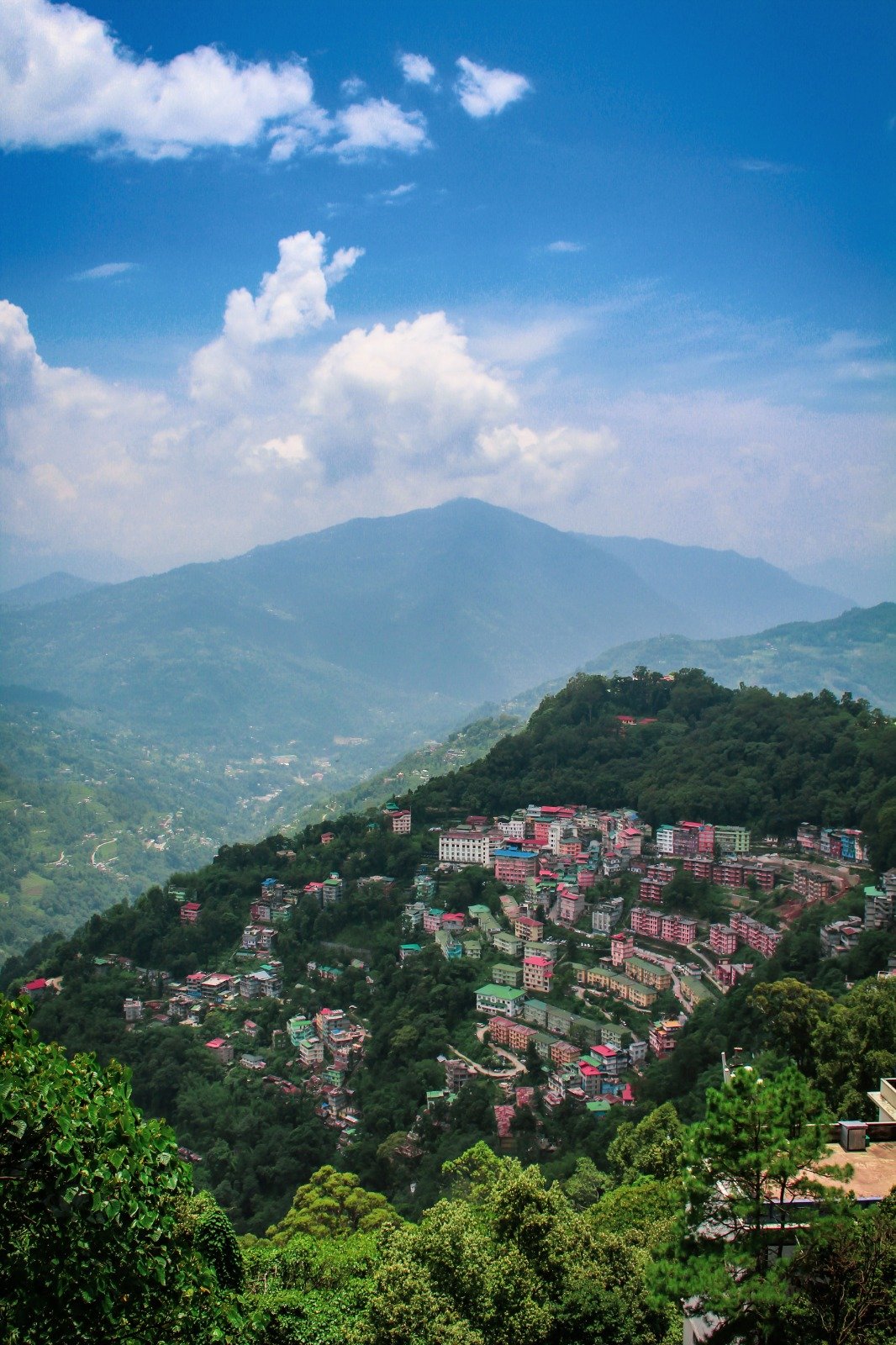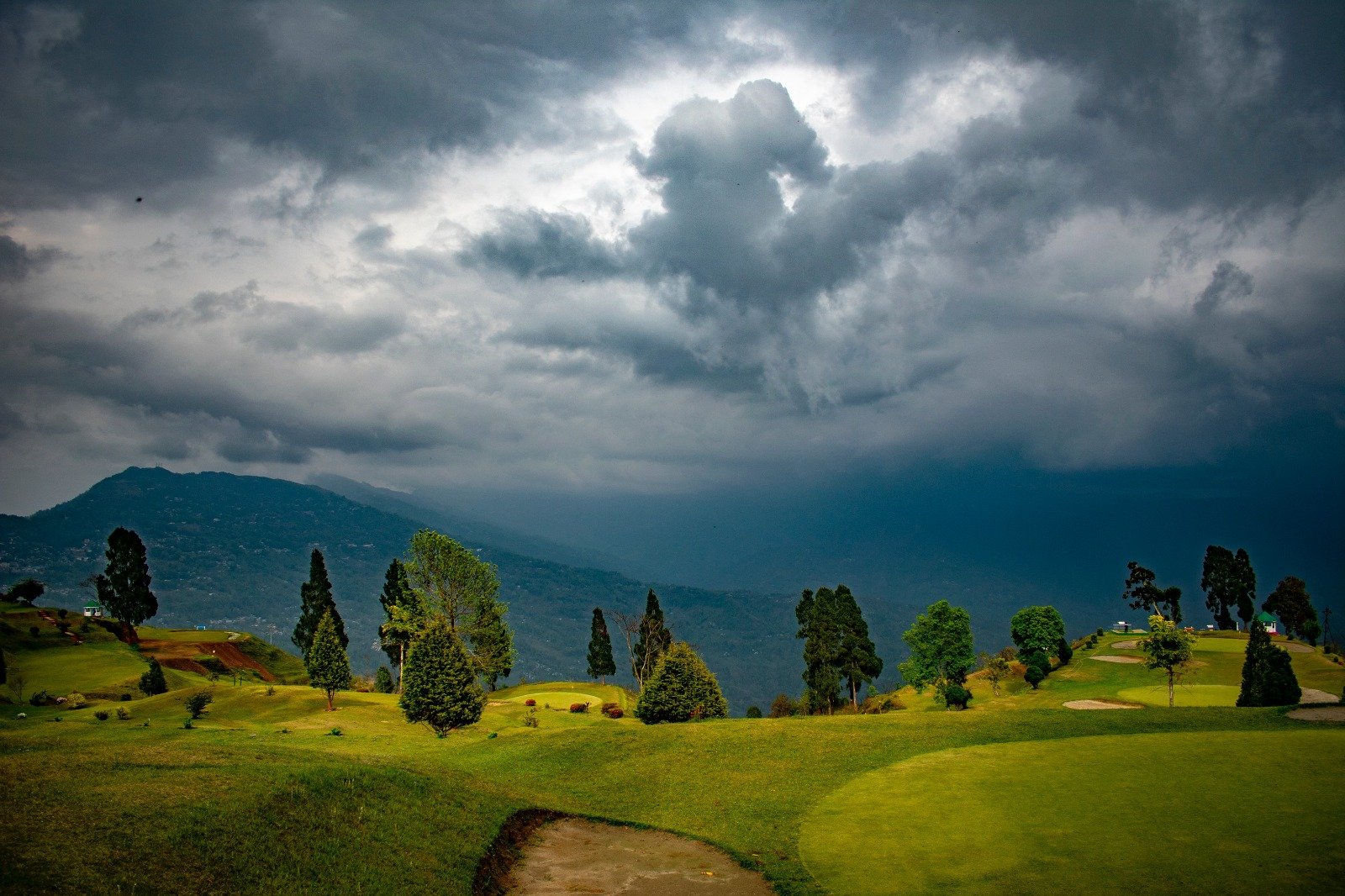A melting pot of Muslim and Hindu cultures, the joint capital of Andhra Pradesh and Telangana comprises the twin cities of Hyderabad and Secunderabad, with a combined population of around eight million. Secunderabad, of little interest, is the modern administrative city founded by the British, whereas Hyderabad, the old city, has teeming bazaars, Muslim monuments, the absorbing Salar Jung Museum and magnificent Chowmahalla Palace. Hyderabad declined after Independence, with tensions often close to the surface due to lack of funding. Nowadays, although the overcrowded old city still suffers from substandard amenities, the conurbation as a whole is booming. In recent years Hyderabad has overtaken Bengaluru to become India’s foremost computer and IT centre.
PLACES TO VISIT IN THIS REGION
The Hyderabad metropolitan area has three distinct sectors: Hyderabad, divided between the old city and newer areas towards HITEC City; Secunderabad, the modern city; and Golconda, the old fort. The two cities are basically one big sprawl, separated by an artificial lake, Hussain Sagar. The most interesting area, the old city south of the River Musi, holds the bazaars and Charminar, the city’s principal landmark, as well as the Salar Jung Museum and Chowmahalla Palace. North of the river, the traditional shopping areas are found around Abids Circle and Sultan Bazaar. Four kilometres west of Hyderabad railway station lies the posh Banjara Hills district, full of gleaming malls and fancy restaurants. Beyond here is the exclusive residential area of Jubilee Hills, while a further 4km brings you to HITEC City.
Hyderabad’s Old City
By far the most atmospheric part of Hyderabad is the old city, immediately south of the River Musi. This is easily the most Islamic enclave in south India, where the majority of women wear full black burqa and many men sport fine beards. This is where you will find the city’s liveliest and most interesting bazaars, as well as many of its most important sights, from the eclectic Salar Jung Museum, through the majestic minarets of Charminar to the extensive complex of Chowmahalla Palace.
Salar Jung Museum
The unmissable Salar Jung Museum, on the south bank of the River Musi opposite the ornate bulbous domes of the Osmania General Hospital, houses part of the huge collection of Salar Jung, one of the nizam’s prime ministers, and his ancestors. A well-travelled man of wealth, he bought whatever took his fancy from both East and West, from the sublime to, in some cases, the ridiculous. His extraordinary hoard includes Indian jade, miniatures, furniture, lacquerwork, Mughal opaque glassware, fabrics, bronzes, Buddhist and Hindu sculpture, manuscripts and weapons. At the time of writing, it was planned to reorganize the somewhat haphazard collection into geographical themes with the use of two new buildings that have been constructed either side of the old one. The museum gets very crowded at weekends, especially on Sunday.
Chowmahalla Palace
The 150-year-old Chowmahalla Palace, southwest of the Mecca Masjid, was built between 1857 and 1869 by the nizams to entertain royal visitors and official guests. Inspired by the Shah’s palace in Tehran, it is actually a complex of four palaces, other imposing edifices, elegant courtyards and fountain-filled gardens.
The grand Kilwat Mubarak (Durbar Hall) is the most impressive building, containing a hall dominated by opulent chandeliers and other rooms full of furniture, ornaments, costumes, china crockery and displays on the history of the nizams. The oldest part is the southern courtyard, where you can visit the two-storeyed Aftab Mahal, which houses more costumes and some intricate wall hangings, as well as the smaller Afzal Mahal, Mahtab Mahal and Tahniyat Mahal. At the rear of the complex there is a collection of carriages and vintage motorcars.
Getting to Chowmahalla Palace
Chowmahalla Palace is relatively close to the Old City of Hyderabad, so getting there is easy. You can take a bus from several areas in Abids or simply get a taxi, however, if you opt for a taxi, do make sure to run the meter to avoid steep over-charging. It is always best to book chauffers and taxis with reputable hotels or trusted travel companies to avoid scamming.
Golconda Fort
Golconda was the capital of the seven Qutb Shahi kings from 1518 until the end of the sixteenth century, when the court moved to Hyderabad itself. Well preserved and set in thick green scrubland, it is one of India’s most impressive forts, boasting 87 semicircular bastions and eight mighty gates, complete with gruesome elephant-proof spikes. Set aside a day to explore the fort, which covers an area of around four square kilometres.
Around Hyderabad
As you head north from Hyderabad, the landscape becomes greener and hillier, sporadically punctuated by photogenic black-granite rock formations. There is little to detain visitors here except Warangal, which has a medieval fort and a Shiva temple, and nearby Palampet, with its Kakatiya temple. South of the capital, swathes of flat farmland stretch into the centre of the state, where the Nagarjuna Sagar dam has created a major lake with the important Buddhist site of Nagarjunakonda, now an island, in its waters.
Warangal
Warangal “one stone” – 150km northeast of Hyderabad and just about possible to visit as a day-trip, was the Hindu capital of the Kakatiyan empire in the twelfth and thirteenth centuries. Like other Deccan cities, it changed hands many times between the Hindus and the Muslims – something reflected in the remains you see today.
Warangal’s fort, 4km south of the city, is famous for its two circles of fortifications: the outer made of earth with a moat, and the inner of stone. Four roads into the centre meet at the ruined Shiva temple of Swayambhu (1162). At its southern gateway, another Shiva temple, from the fourteenth century, is in much better shape; inside, the remains of an enormous lingam came originally from the Swayambhu shrine. Also inside the citadel is the Shirab Khan, or Audience Hall, an early eleventh-century building very similar to Mandu’s Hindola Mahal.
Some 6km north of town just off the main road beside the slopes of Hanamkonda Hill, the largely basalt Chalukyan-style “thousand-pillared” Shiva temple was constructed in 1163. A low-roofed building on several stepped stages, it features superb carvings and shrines to Vishnu, Shiva and Surya, the sun god. They lead off the mandapa, whose numerous finely carved columns give the temple its name. In front, a polished Nandi bull was carved out of a single stone. A Bhadrakali temple stands at the top of the hill.
Palampet
Palampet, around 70km northeast of Warangal, is a remote village that is worth the effort to get to for its splendid thirteenth-century Ramappa temple. Created by the same Kakatiyan artisans who built the Hanamkonda temple near Warangal, the temple is built on a 1.8m-high cruciform plinth and crowned by a central shikhara, delicately carved with scenes from the Puranas, while the inner sanctum boasts a 2.7m-tall lingam. There is also an impressive Nandi statue and bathing tank.
Nagarjunakonda
Nagarjunakonda, or “Nagarjuna’s Hill”, 166km south of Hyderabad and 175km west of Vijayawada, is all that remains of the vast area, rich in archaeological sites, that was submerged when the huge Nagarjuna Sagar dam was built across the River Krishna in 1960. Ancient settlements in the valley had first been discovered in 1926, and extensive excavations carried out between 1954 and 1960 uncovered more than one hundred sites dating from the early Stone Age to late medieval times. Nagarjunakonda was once the summit of a hill, where a fort towered 200m above the valley floor; now it is just a small oblong island near the middle of Nagarjuna Sagar Lake. The new border between Telangana and Andhra Pradesh runs right through the lake and both states claim it as their own in tourist literature. It certainly falls more within the compass of Hyderabad, eventually to be solely the capital of Telangana, which manages the local resort.
Several Buddhist monuments have been reconstructed, in an operation reminiscent of that at Abu Simbel in Egypt, and a museum exhibits the more remarkable ruins of the valley. Vijayapuri, the village on the shore of the lake, overlooks the colossal dam itself, which produces electricity for the whole region, and is the jumping-off point for visiting Nagarjunakonda island. Boats arrive on the northeastern edge of the island, at what remains of one of the gates of the fort, built in the fourteenth century and renovated by the Vijayanagar kings in the mid-sixteenth century. Low, damaged, stone walls skirting the island mark the fort’s edge, and you can see ground-level remains of the Hindu temples that served its inhabitants. Well-kept gardens lie between the jetty and the museum, beyond which nine Buddhist monuments from various sites in the valley have been rebuilt. West of the jetty, there’s a reconstructed third-century-AD bathing ghat.




